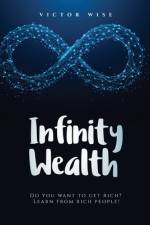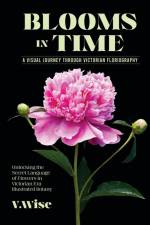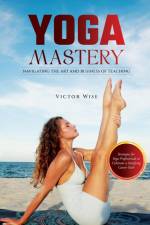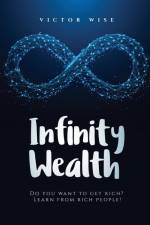- Effective Tools to Heal Trauma and Improve your Life
567
For several decades, psychology has focused on treating conditions like trauma through the mind alone. Perhaps, like so many clients when they first walk through my door, you have sought to treat your symptoms and challenges through conventional means but feel like there's still a missing piece in your healing.Learning that memories, experiences, and emotions are stored not just in the mind but also the body opens up a new pathway to healing for many of my clients. This, in essence, is what somatic therapy strives to do-and what the information and tools in this book are designed to help you achieve.When I first started my own process of healing and personal development in therapy, I was in my early thirties. Although I had some wonderful therapists and gained a lot of insight about my history, there continued to be amissing piece for me. One morning as I sat in my thera pist's office, I thought to myself, "What about my body? We never talk about what's happening in my body."My first career was as an actor and a singer, and then a teacher of voice and movement for actors. The overall aim of voice and movement training is to help actors awaken new connections between the voice, body, and mind through a process of physical awareness, imagery, breath work, and the progressive release of physical tension. As I began training actors and working directly with students' bodies, what I repeatedly encountered withmy students was somatic memory and unprocessed trauma. As students worked in a safe environment with my support, and often the support of a group of other students, they became more aware of tension in their bodies.They were then able to release that tension, allowing them to let go and experiences that had been directing their day-to-day experience. At a certain point, coaching actors for theatrical purposes began to feel like an interruption to the more essential healing process that I was interested in, and that is when I became a psychoanalyst.Somatic focus has been the fundamental aspect of my own therapeutic journey, and I have worked with hundreds of individuals who have said that talk therapy wasn't enough; it was the incorporation of a somatic practice that finally changed their relationships with themselves.This book is intended to help you work through any life transitions you might be experiencing. With that said, if you have ongoing physical health symptoms or suffer from debilitating anxiety and depression, you should seek out a medical professional. This book is not a replacement for therapy, medication, or medical treatment.






